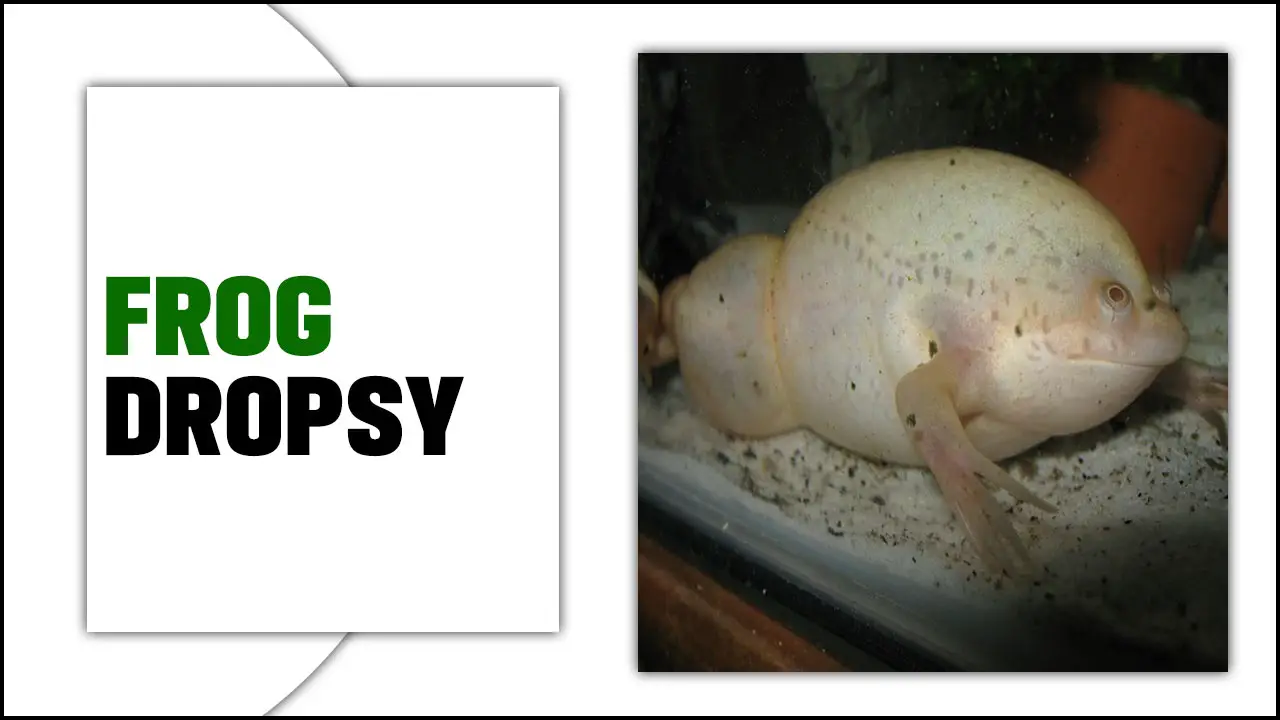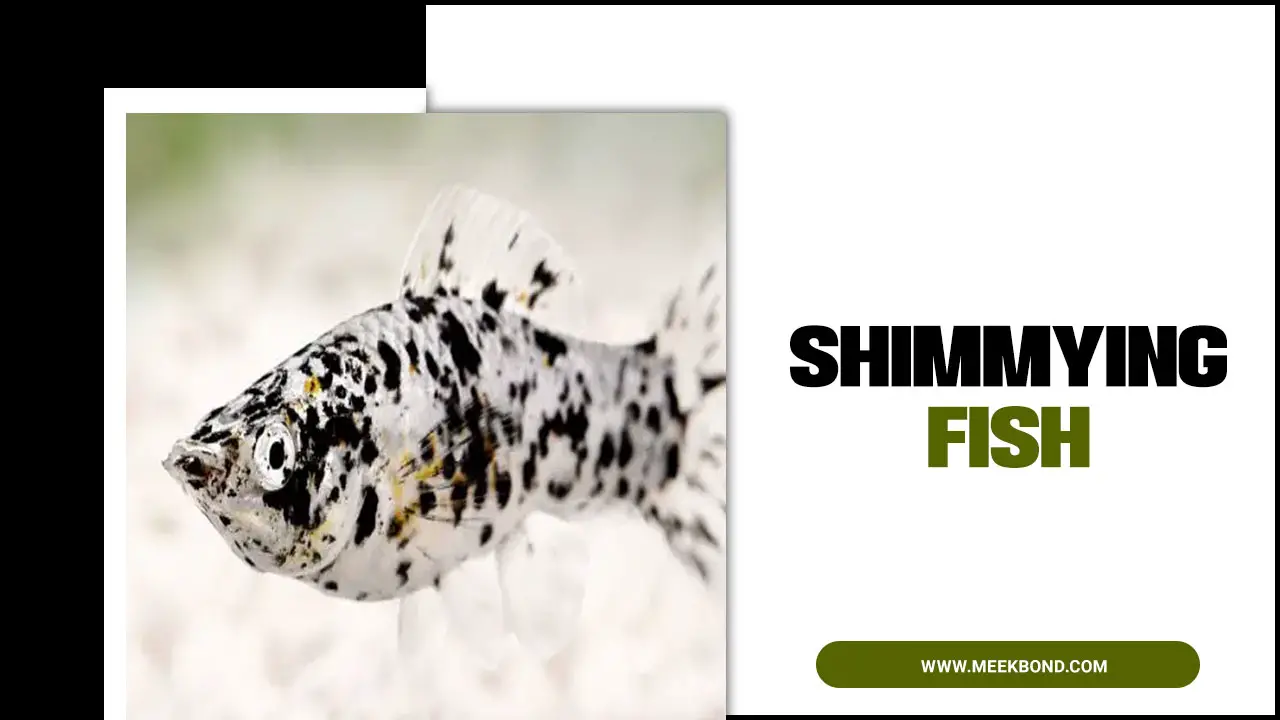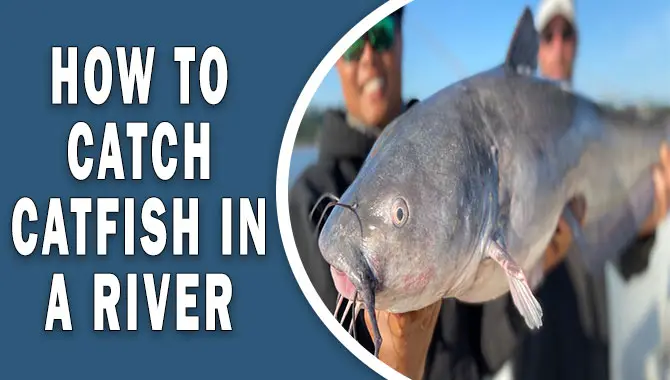When fish food is bland and water quality needs improvement, fish food supplements are always a good idea. Fish food supplements differ from fish pellets, flakes, freeze-dried food, etc. Most of these feeder fish food pellets and flakes are designed to meet the nutritional requirements of fish.
A surprising amount of fish food pellets or flakes for aquarium fish are available in the market today. Some of them may be different from what your fish species prefer. You also need to know if the type of food your fish species prefers is available in pellet form.
Sometimes feeding your aquarium fish can be tricky as feeding them too much or feeding the wrong type of food can harm the aquarium fish. We’ll tell you how to supplement your fish’s diet with treats or live foods. Such as daphnia and black worms, without risking the health of your aquarium fish.

The Explanation On How To Supplement Your Fish’s Diet With Treats Or Live Foods

Feeding your fish the right amount of food is essential for their health and growth. However, feeding your fish treats or live foods can help provide extra nutrition and variety in their diet. You can provide fish with nutritional supplements such as fish oil, vitamin E, minerals, and balanced feed pellets.
You can also provide their natural food, such as shrimp, snails, earthworms, and vegetable matter. Fish have different nutritional needs depending on their type. For example, goldfish need more calcium than other types of fish.
So you should provide them with calcium-rich foods such as seaweed or grits. Also, make sure to provide marine fish with wild-caught food when possible. This will ensure they get the necessary nutrients to stay healthy and grow. You should also follow the feeding instructions on the food you’re feeding your fish to ensure adequate nutrition. Plus, it is important to understand the nutritional needs of fish before bringing them home.
Baby Brine Shrimp
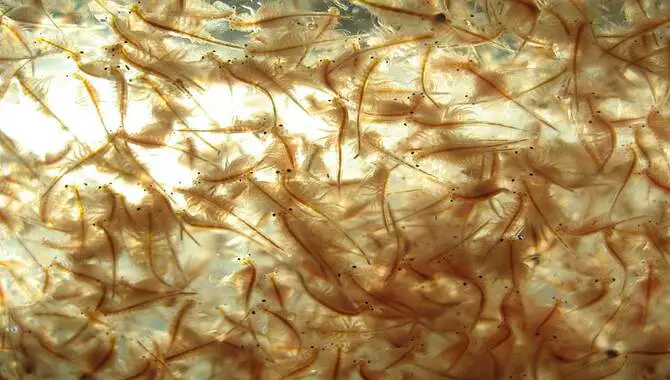
Brine shrimp are small, saltwater creatures that thrive in aquariums. They offer a high-d feeder fish a quick way to supplement their diet with essential vitamins and minerals. They are easy to hatch at home and require minimal effort to feed. Brine shrimp offer fish a safe, sustainable food alternative without the risk of parasites.
They can be purchased frozen or fresh in most fish shops, and the texture and flavour will vary based on what you fed them and how they were processed. If feeding fish with dietary sensitivities, brine shrimp is an excellent supplement that won’t cause any adverse reactions. Brine shrimp is a great food for fry and fish of all sizes, making it a popular supplement for hobbyists of all ages.
Snails
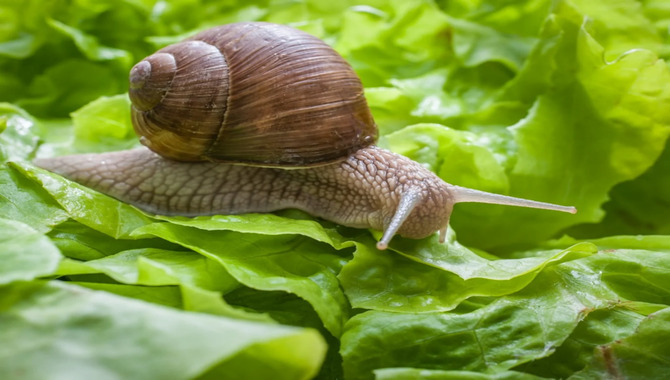
Fish can be fed fresh, frozen, freeze-dried, and live foods. You can feed carnivorous fish with shrimp, scallops, mussels, clams, and fish cut into bite-sized pieces. Snails are an alternative food source for these fish and can be raised on fresh vegetables such as spinach, cucumber, and sweet potato.
Besides feeding them regular food. You can supplement snails with brine shrimp, pureed vegetables, and fish to give them more nutrition. They should be fed twice a day for optimal nutrition and growth. Additionally, snails require moderate water filtration and aquarium maintenance to treat them adequately. You should handle them sparingly as they are sensitive creatures, or it could compromise aquarium water quality.
Vinegar Eels

However, vinegar or European eels are exotic freshwater fish you can add to any home aquarium. Vinegar eels are carnivores and generally eat smaller fish and invertebrates. These fish require high levels of care and maintenance, so you should provide them with a varied diet of fresh vegetables and pellets. Ensure the diet contains good protein, vitamins, and minerals when feeding your vinegar eel.
Providing adequate water quality and filtration for your vinegar eel to thrive is also important. Regularly checking water parameters can help prevent disease and parasites in your fish tank. Finally, be sure to monitor the health of your vinegar eel regularly by performing basic checks like checking its color, observing its behaviour, or handling it gently if necessary.
Micro Worms

Micro worms are a type of live fish food that are small worms with different feeding habits and nutritional content. They are a popular live fish food for aquarium hobbyists because of their small size and feeding habits.
Microworms are ideal for feeding small fish that have outgrown the need for smaller foods such as infusoria. You can harvest micro worms by swiping along the sides of the plastic container and dipping your finger into the tank to feed the fish. Microworms are slightly bigger than vinegar eels and smaller than baby brine shrimp, making them suitable for small fry.
Micro worms can be good alternatives to flake food or pellets because of their nutritional content and varied feeding schedule. They can also be used as live food for large fish, goldfish, koi, and other fish species. Besides their nutritional value and feeding habits, another advantage of using micro worms is that they do not harm aquarium water quality. The water quality of an aquarium is important in keeping healthy fish.
Daphnia

Daphnia, also known as water fleas, is a type of live food considered an excellent fish nutrition source. These small crustaceans are easy to raise at home and can live in aquariums until the fish eat them. you can easily obtain them from pet stores or online. The freeze-dried variety is also a viable food source for fish, and it comes fortified with vitamins and minerals.
Other live foods such as grindal worms, maggots (fly larvae), mosquito larvae, vinegar eels, white worms, and wingless fruit flies are good food sources for fish. You can easily obtain these varieties from pet stores or online. Daphnia, both types, can serve as excellent sources of nutrition for fish, and one can use them as feeder food or food supplement. It’s important to provide fish with a balanced diet of live and non-live food items to stay healthy and active in aquariums.
Infusoria

However, infusoria is a type of feeder food for aquarium fish that is easy to culture, and it can be a great supplement for fish babies. Infusoria comprises small, white flagellates known as protists, aquarists’ feeding organisms.
They are responsible for feeding fish with essential nutrients like vitamins, minerals, amino acids, and fatty acids. You can culture Infusoria by filling a jar with old tank water, mulm, and a source of food such as banana peel or yeast.
You can do this in a warm environment such as a fish bath or aquarium. Vinegar eels are another type of feeder food that you can use for aquarists who want to supplement their fish’s diet with live food. They are easy to culture and perfect for feeding babies until they are big enough to eat baby brine shrimp.
Blackworms

Blackworms are a great option if you’d like to supplement your fish’s diet with treats or live foods. Small worms made of lean protein provide essential nutrients for fish. You can easily find them in stores and purchase them fresh or frozen.
The fresh and frozen varieties offer various shapes and sizes, so you can find one that appeals to your fish. If you’ve tried freeze-dried food for your fish before, you may be interested in using live food instead.
The nutritional content of live food is far superior to freeze-dried food, making it a valuable addition to your fish’s diet. Buying live food can be costly, so consider purchasing it frozen if possible. This way, you can save money while still providing your fish with nutritious food.
Grindal And White Worms

Grindal worms (about 0.5 mm in diameter) and white worms (about 1 mm in diameter) are popular fish treats. They are small, easy to feed, and contain small amounts of food. You can use worms as a supplement to feed fish with live food.
Fish of various sizes, shapes, and colours eat both live food types. Both types of live food need to be fed with a balanced diet of fish flakes, flake food, or pellets. It would be best if you sterilised the substrate for the worms to prevent pests.
You can use aquarium-grade water aquarium filter substrate or gravel as the feeding surface. Also, you should keep the feeding surface at room temperatures of 70–75°F (21–24°C) for Grindal worms and 55°F (13°C) for white worms. People also use micro worms, banana worms, Walter worms, and micro worms as live food for fish. These types of live food provide nutrition and enjoyment to fish without needing much care or attention from the pet owner.
Bugs
Bugs are a fantastic addition to any fish tank because they provide plenty of nutrients, essential vitamins, and minerals. They also entertain your fish by swiping at their tails or chasing them around the tank. But before you think of adding bugs to your tank, there are a few things you need to know about them first.
For one, bugs can be difficult to acquire and maintain. So, before you consider buying bugs for your tank, ensure you have the resources and knowledge to care for them properly.
Another thing to consider is how much space your tank has available. If you have a small tank, you may need more than enough to house many bugs. It’s better to start with fewer bugs and monitor your fish’s health care to ensure they thrive in their new environment.
Live Fish

Live fish can be used as a treat or food source when feeding fish. While live fish provide the most nutrients and food value, they also pose risks of infection and should be avoided unless the aquarium is specifically designed to house live fish. Frozen foods such as bloodworms, brine shrimp, and algae mixes are common for fish. These can be of nutritional value to fish and provide food similar to live food.
Another popular type of supplementing fish feeder with food is pieces of lean beef heart. The beef heart can be high in vitamin E and fat content, so it would provide nutrition to the fish while minimising the risk of feeding them unhealthy food.
Avoid feeding your fish too much of any one type of food, as it could tax their kidneys and potentially shorten their lifespan. This would cause health issues and may even lead to death. Along with a balanced diet of live food, feeder fish should receive adequate water quality and sunlight exposure for healthy growth and development.
Why Should You Supplement Your Fish’s Diet With Treats Or Live Foods?

When feeding fish, it’s important to supplement their diet with treats or live foods to provide essential nutrients. Treats are a type of food that fish enjoy, and you can use them to reward your fish for good behaviour or as a supplement to a fish’s regular diet.
Live foods such as insects or vegetables can benefit the growth and health of your fish and should be offered regularly in your aquarium as part of a balanced diet. However, feeding your fish with treats too often can lead to yo-yo feeding, negatively impacting the quality of your fish’s diet and causing nutritional imbalances.
Eating the correct food and supplements is essential for the growth and health of fish, so using treats sparingly is recommended and only when directed by your fish keeper.
What Treats Or Live Foods Can A Fish’s Diet Supplement?

You can supplement a fish’s diet with live and freeze-dried foods such as shrimp, earthworms, brine shrimp, bloodworms, krill, and spirulina. You can add these food items to the aquarium once established feeding times. Fish-feeding supplements are essential for fish that live in aquariums. These feed supplements supplement fish nutrition and help ensure fish’s optimum health and well-being.
Some popular supplements include shrimp meal, fishmeal, vitamins E and B2, spirulina, and daphnia. You can also supplement omnivorous fish with specially formulated omnivore pellets that contain plant-based proteins like shrimp meal and cod liver oil.
When feeding carnivorous fish, frozen and freeze-dried foods such as plankton, krill, brine shrimp, and bloodworms can be used as supplements. Live foods such as adult brine shrimp, bloodworms, Mysis shrimp, and earthworms are also great options for fish-feeding supplements.
Conclusion
Various types of food supplements can be used to feed fish. They include shrimp, worms, brine shrimp eggs, algae, flake food, and blood worms. You can also use feeder fish to supplement your fish’s diet. Several fish feeder species are available today; feeding them is a great way to ensure a varied diet.
From the wide varieties of fish there are many different types of fish. When buying fish, it is important to ensure it is fresh and free from harmful contaminants. Supplementing your fish’s diet with feeder fish is a simple and cost-effective way of ensuring they get the nutrition they require to thrive aquarium-side.
Your fish’s diet is essential to supplement their food intake and health. You can supplement your fish’s diet with various food supplements, and it depends on what type of diet they are feeding on in the aquarium. We’ve discussed how to supplement your fish’s diet with treats or live foods. Above are some tips you will benefit from reading.
Frequently Asked Questions
Can I Feed My Fish Live Food?
You should only feed live food to predatory fish properly conditioned and raised with live food. Some fish feeders are designed to feed live food directly to the aquarium. However, it is only recommended to feed live food after first supplementing the diet of your aquarium fish. Feeding less live food can result in overfeeding and nutritional imbalances in your aquarium tank.
What Is The Best Live Food For Fish?
There are a few types of live food that you can give your fish to eat.
1.Algae: Alga is a plant that fish feed on in the wild. It’s high in protein and provides your fish with the necessary vitamins.
2.Aquatic plants: Some fish, such as koi fish, goldfish, and cichlids, feed mainly on aquatic plants such as water lettuce, water ferns, or 3.duckweed. This type of food gives them the essential vitamins and minerals they need.
What Are Probiotics, And Why Should You Feed Them To Your Fish?
Probiotics are beneficial bacteria that promote the health of fish. Feeding your fish probiotics can help prevent infection and boost their immune system. Spirulina algae is a type of probiotic that is effective. Probiotics are becoming more popular due to their effectiveness and public interest in holistic immuno-stimulants.
What Are The Potential Risks Associated With Treating Or Feeding Fish Treats Or Live Foods?
A few potential risks are associated with treating or feeding fish treats or live food sources. First of all, live food sources can transmit disease to fish. This can lead to health problems like fish poisoning, swimbladder infections, and even death. Another potential risk is overfeeding.
If your fish gets too much food from treats or live food sources, it may become obese and develop chronic health conditions like heart disease, diabetes, and more.
Which Treats Or Live Foods Are Best For Fish?
Some fish-treat food options that are especially good for fish include freeze-dried food, bloodworms, brine shrimp, and algae mixes. However, you should not give the beef heart to fish as it can tax their kidneys and shorten their lifespan.

Aquarium passion is all about connecting with the aquatic life and providing education to the public on the importance of these creatures. We showcase a wide variety of marine life through our exhibits as well as working with schools to provide unique learning opportunities for students of all ages.

